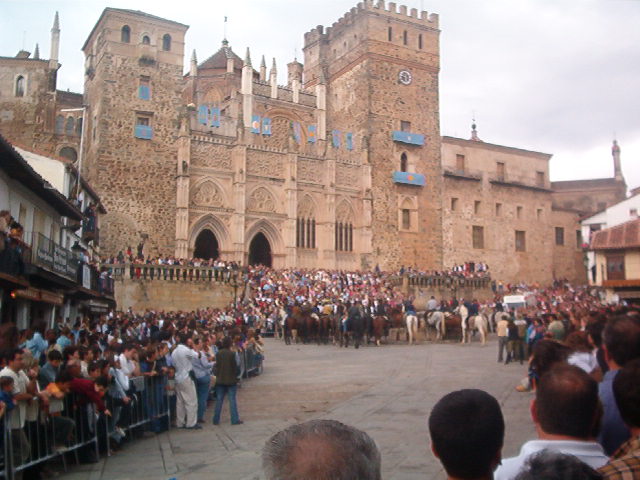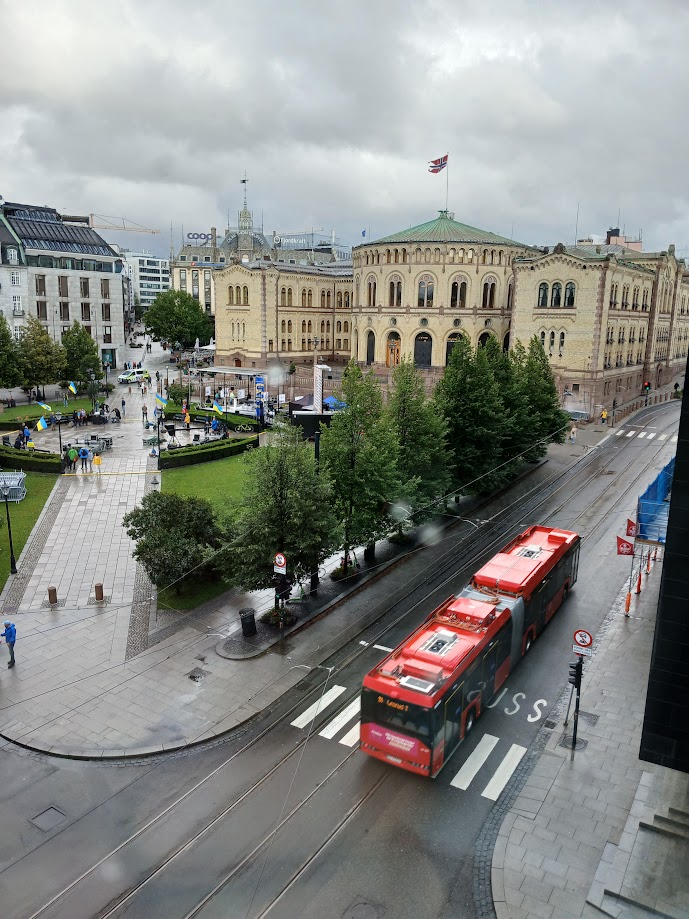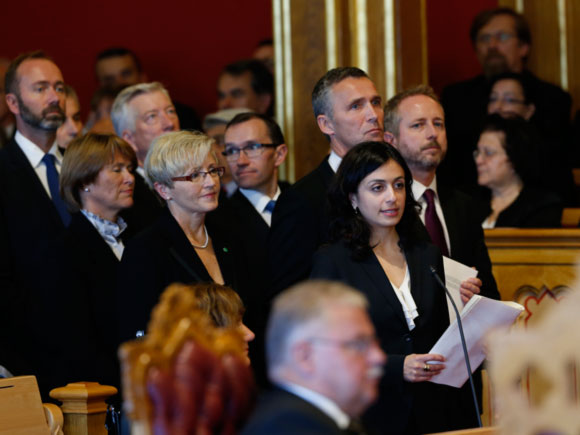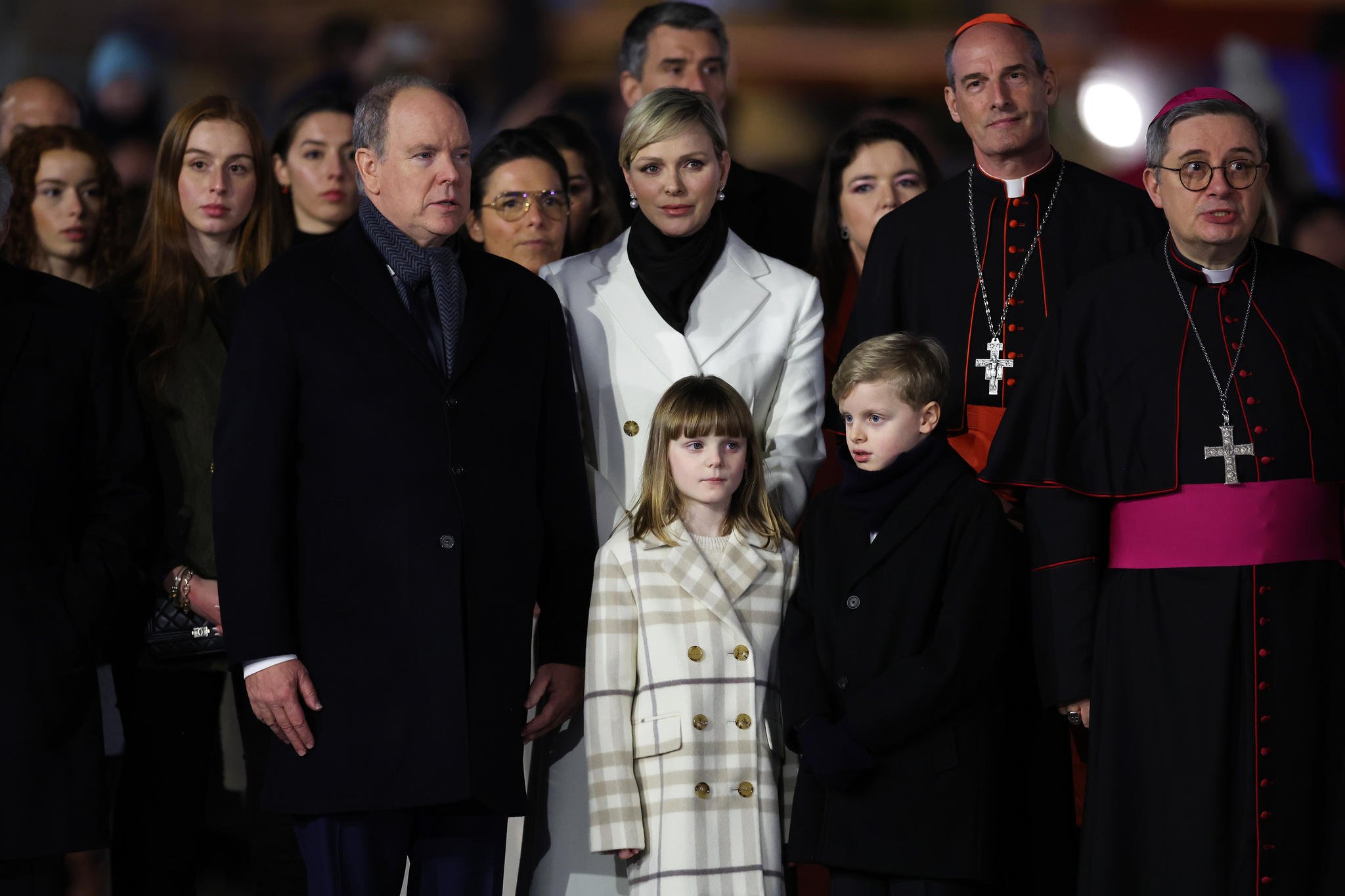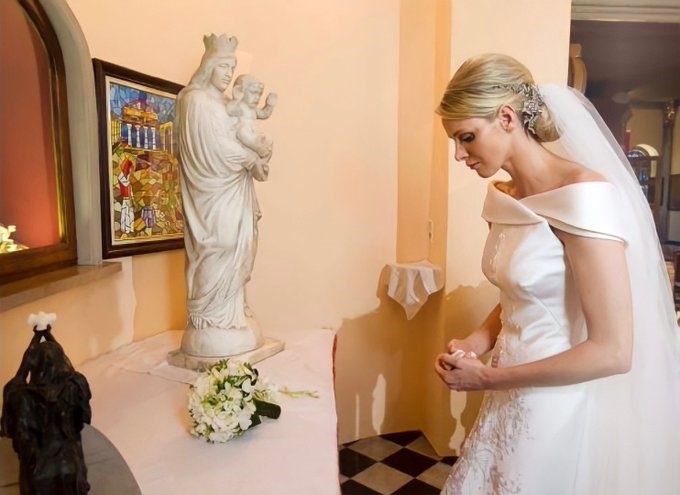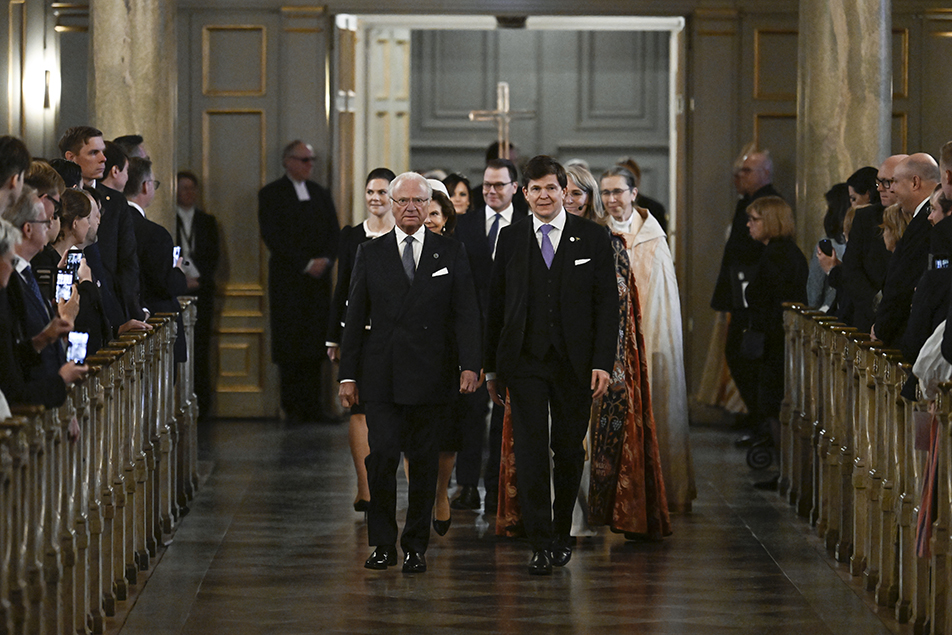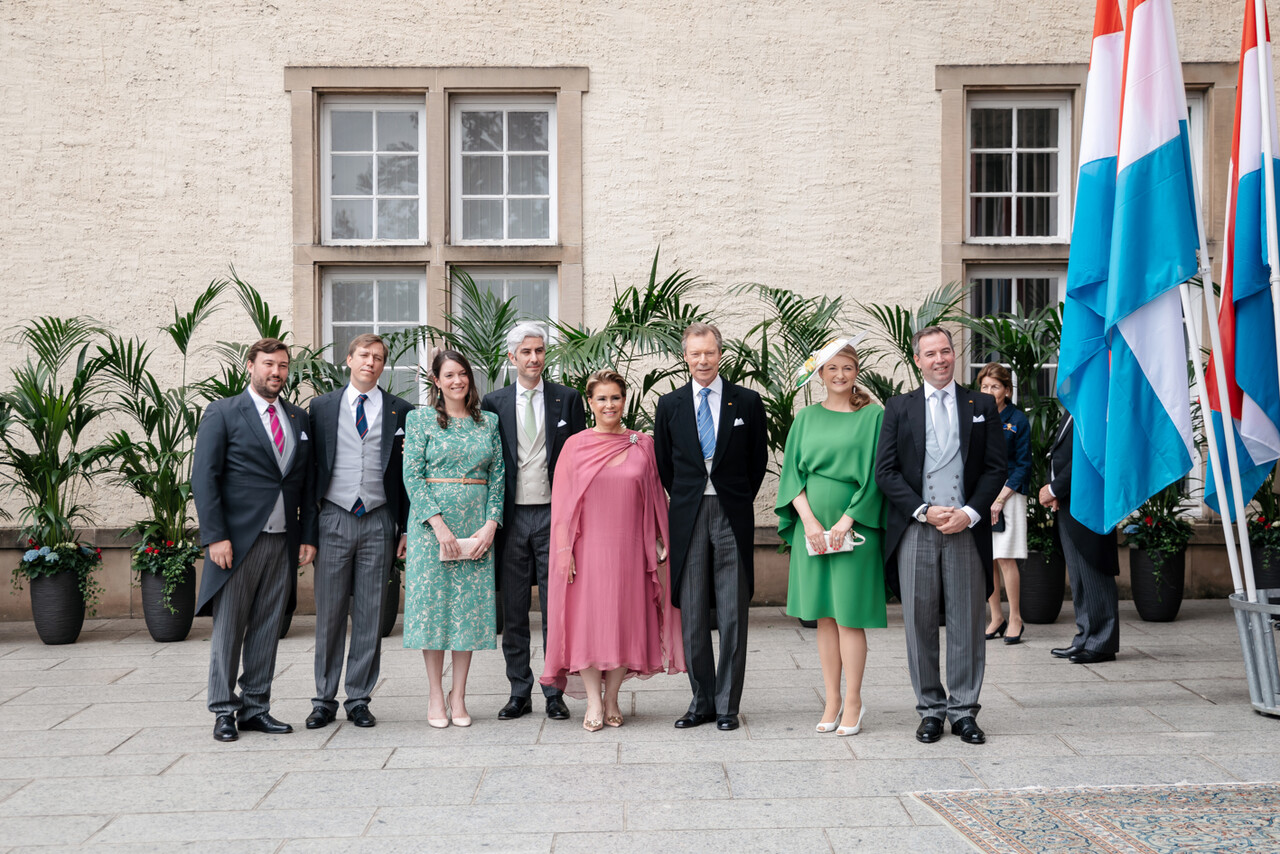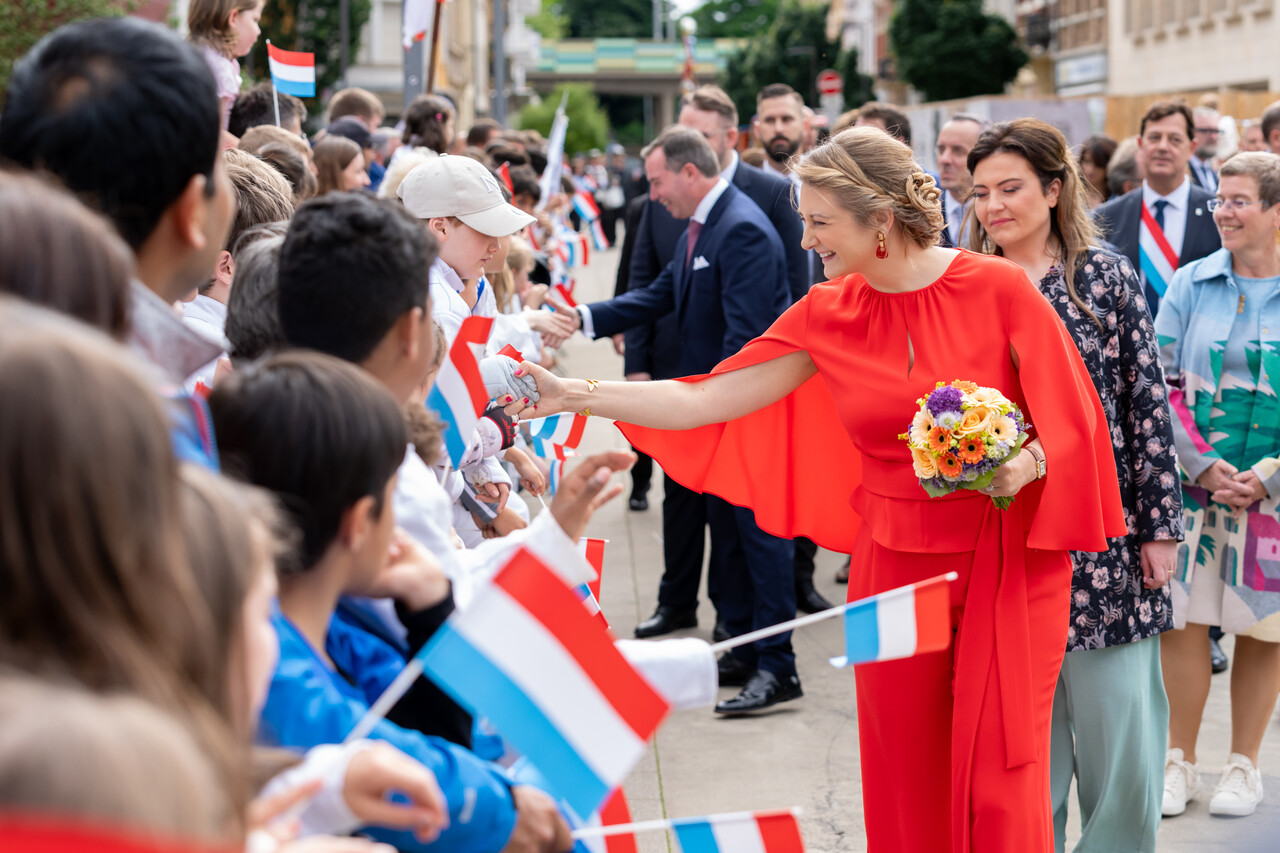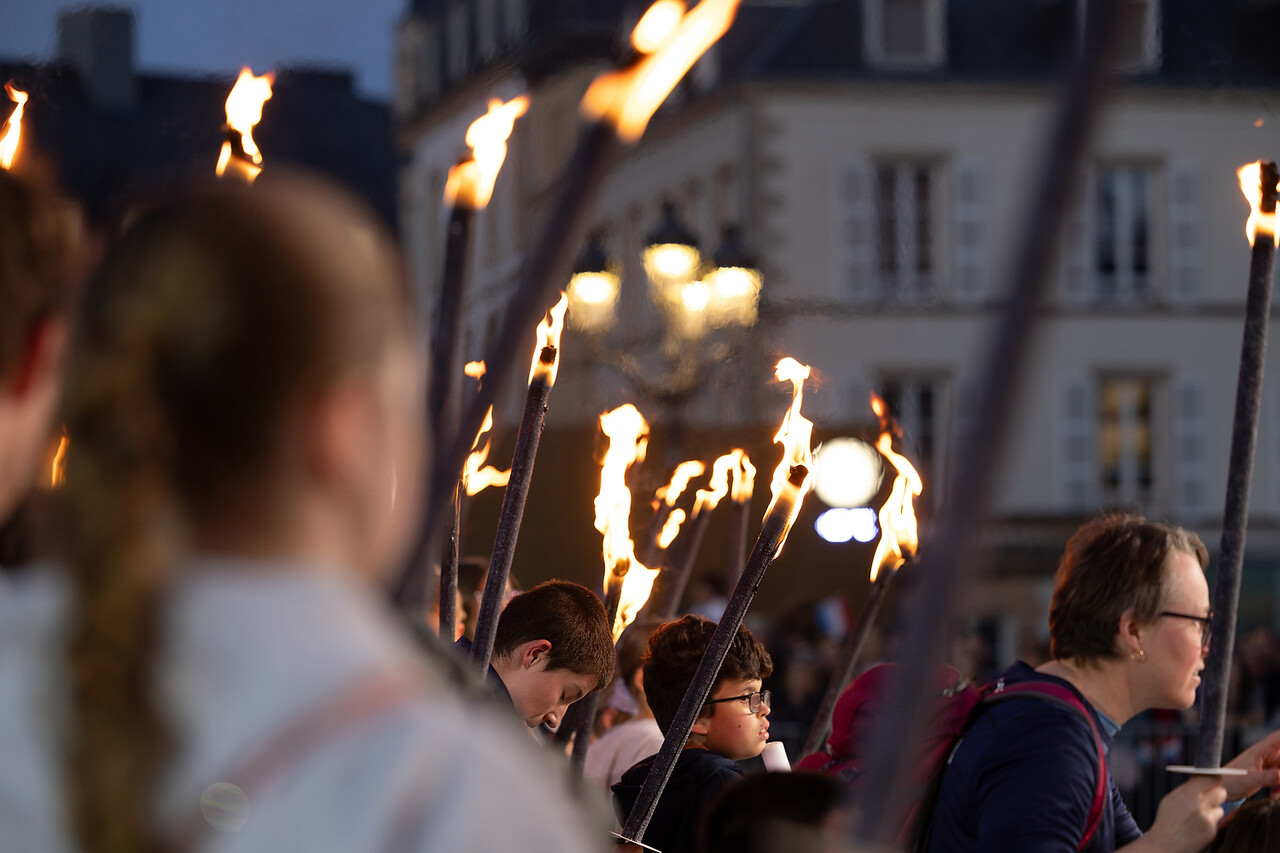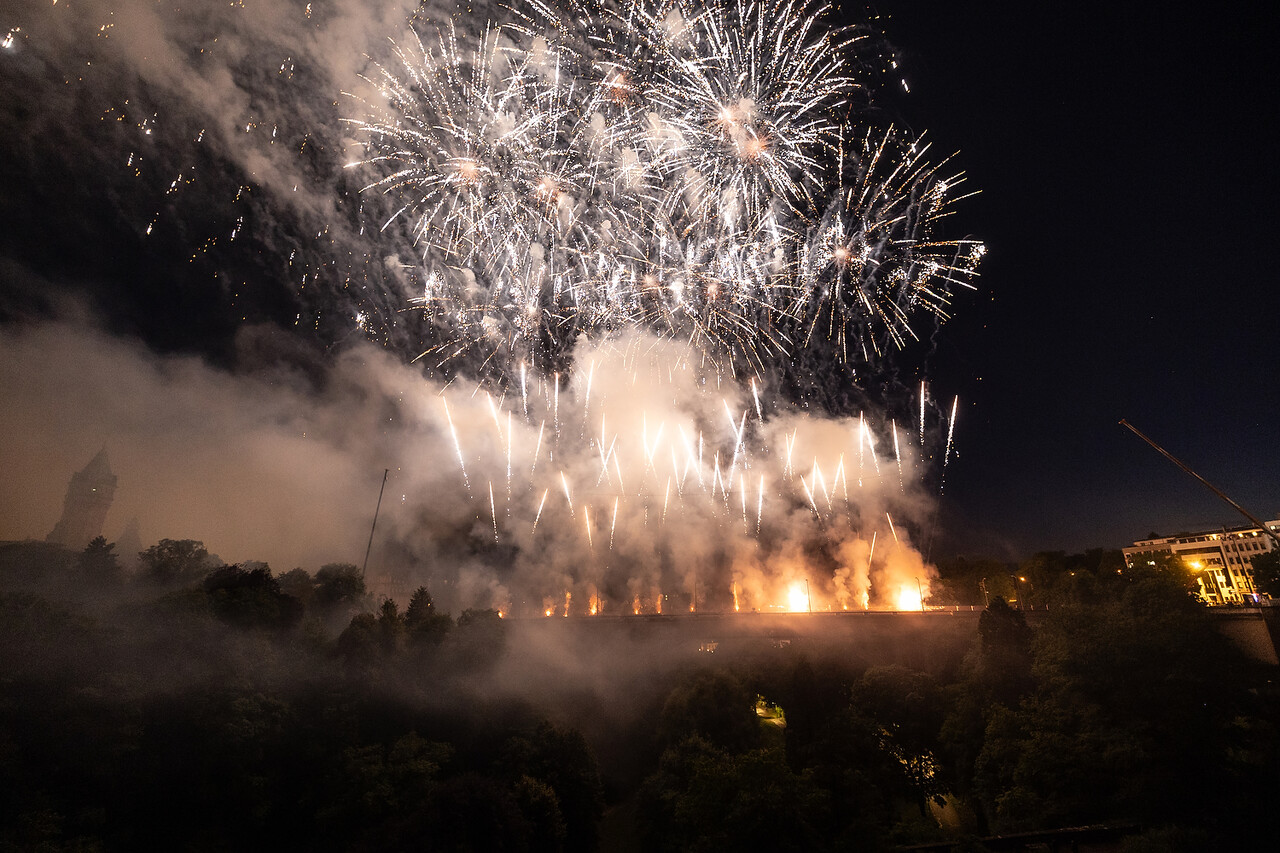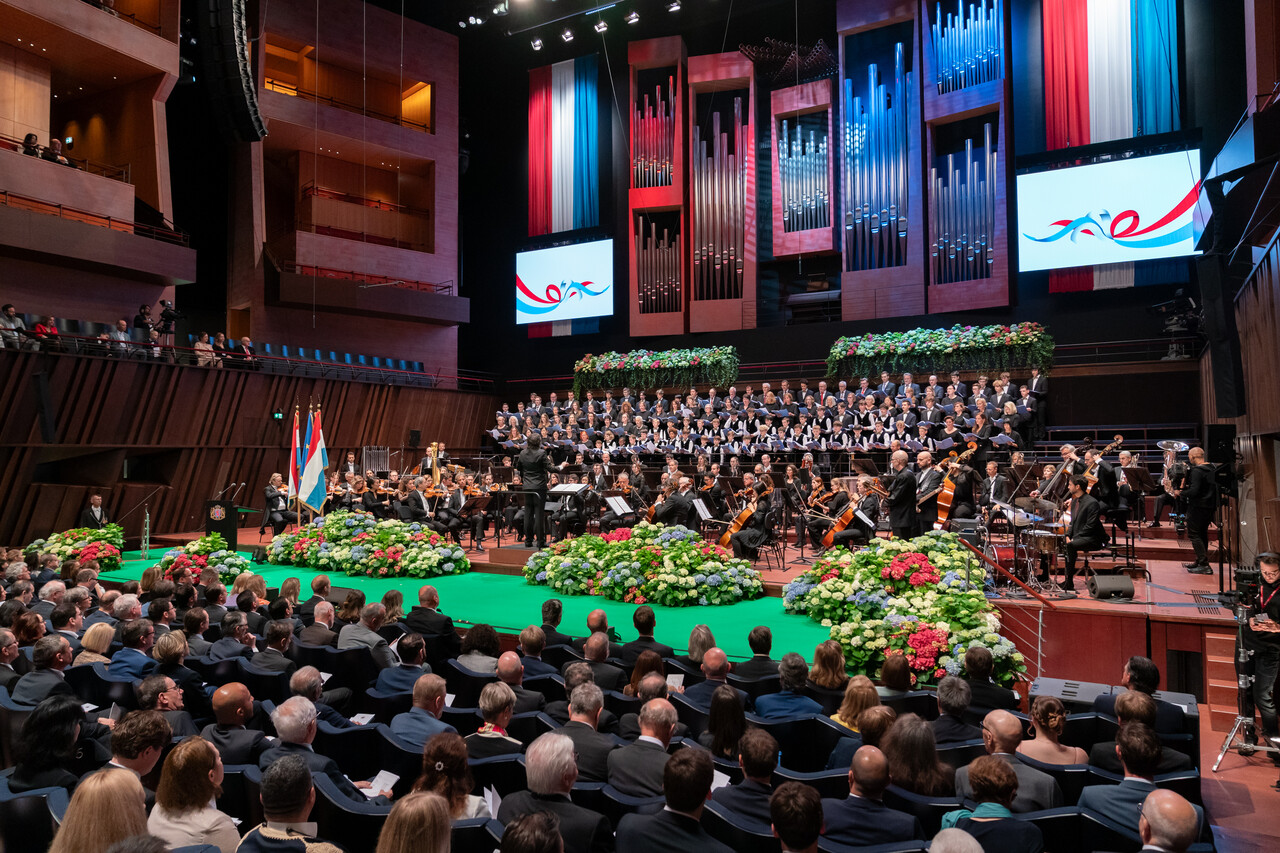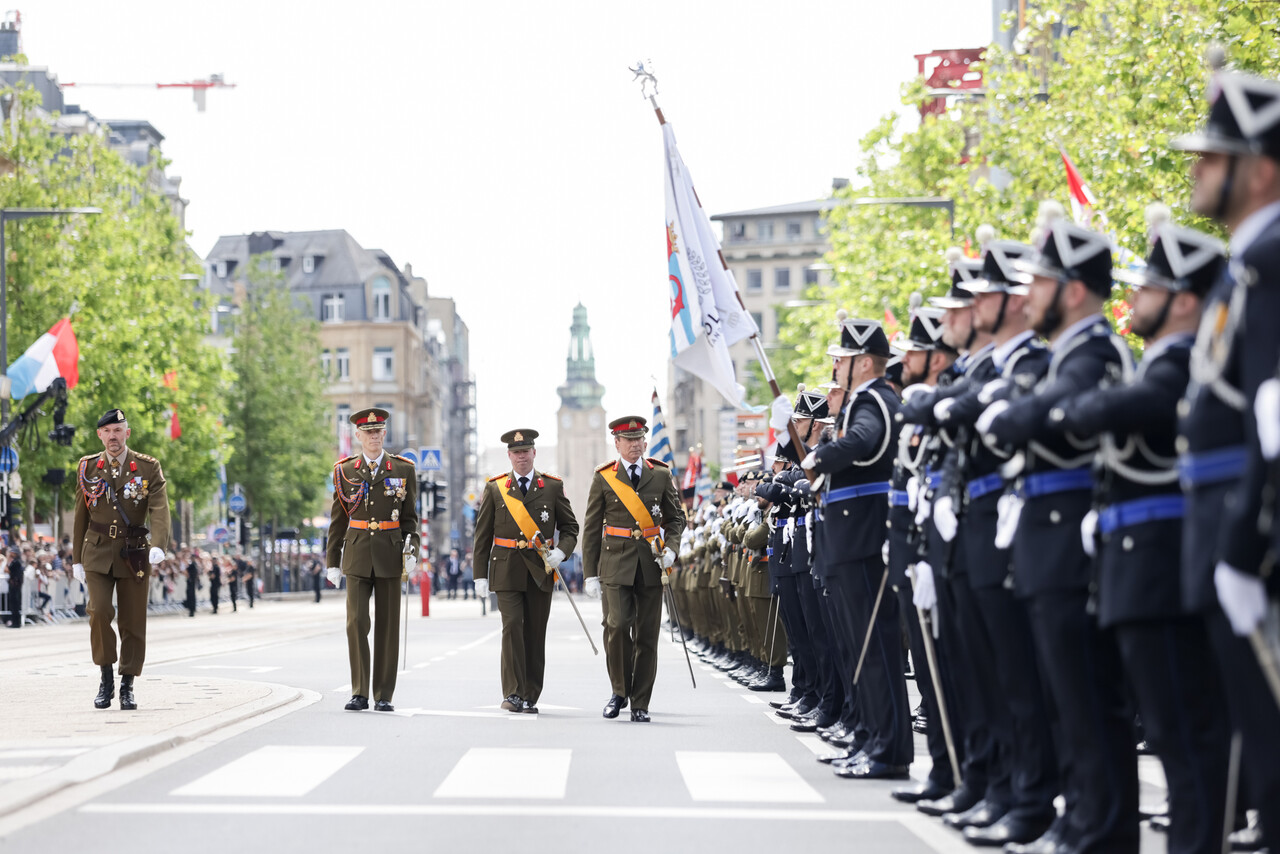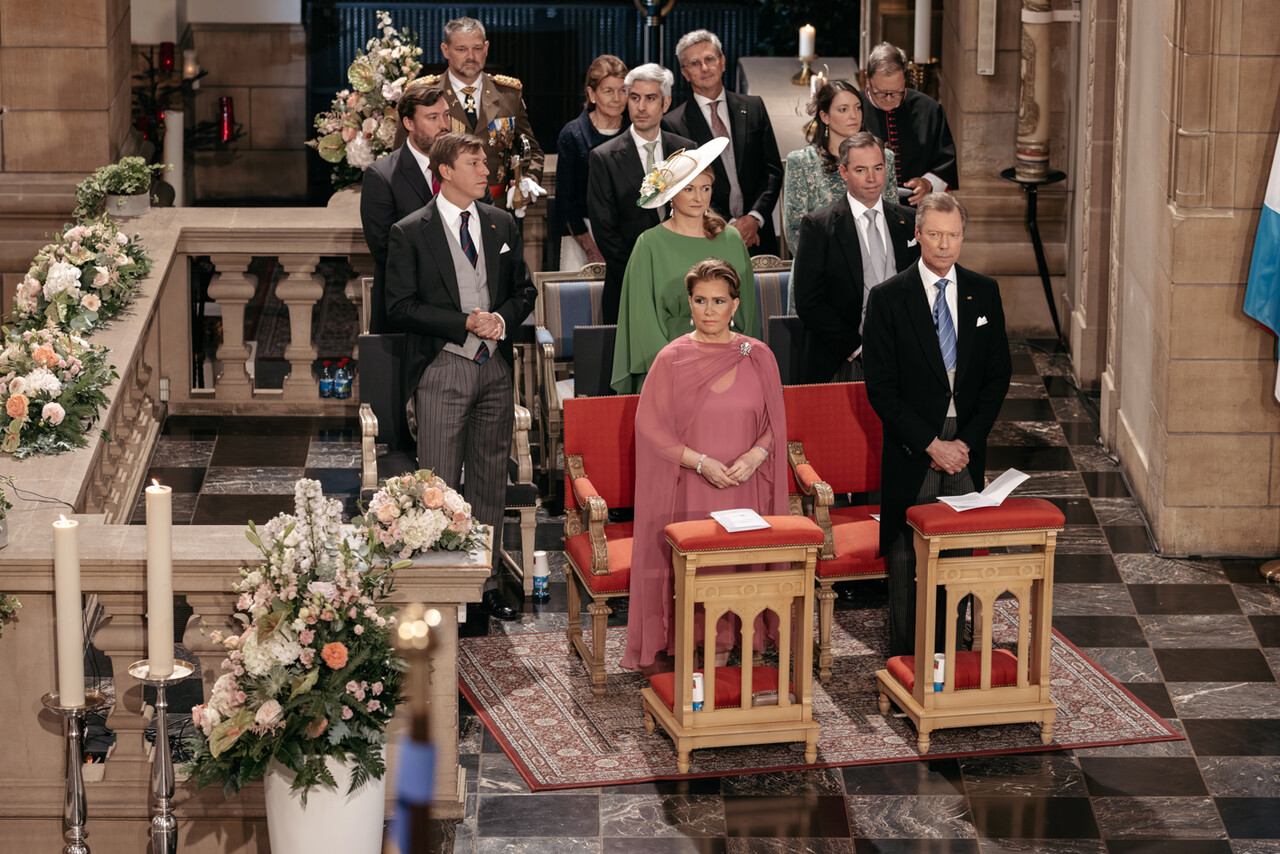by Susan Flantzer
© Unofficial Royalty 2024

2015 Princess of Asturias Awards Ceremony at the Teatro Campoamor, a performing arts theater in Oviedo, the capital of the Principality of Asturias in Spain; By Ruben Ortega – Own work, CC BY-SA 4.0, https://commons.wikimedia.org/w/index.php?curid=44642313
The Princess of Asturias Awards (or the Prince of Asturias Awards if the heir to the throne is male) are annual monetary prizes awarded by the Princess of Asturias Foundation (or the Prince of Asturias Foundation if the heir is male) in mid to late October. The prizes are awarded in several categories.
*********************
Who is the Prince or Princess of Asturias?

Leonor, Princess of Asturias; Credit – Wikipedia
Prince or Princess of Asturias is a title used by the heir apparent or heir presumptive to the throne of the Kingdom of Spain. The Principality of Asturias is an autonomous community and province in northwest Spain. The title originated in 1388 when King Juan I of Castile granted the title and the jurisdiction over the territory of Asturias to his first-born son, the future King Enrique III of Castile.
The current holder of the title is Infanta Leonor of Spain (born on October 31, 2005), the elder of the two daughters of King Felipe VI of Spain. Leonor is the heir presumptive to the Spanish throne. Infante (male) and Infanta (female) is the title given in Spain (including the former Kingdoms of Aragon, Castile, Navarre, and León) and in the former Kingdom of Portugal to the sons and daughters of the reigning monarch.
Currently, Spain’s succession law is male-preference cognatic primogeniture. This means that Leonor, as the elder of King Felipe VI’s two daughters, is first in line to inherit the throne, and she is the heir presumptive. However, if her parents have a son, which seems unlikely at this point, he would be the heir apparent and Leonor would forfeit the title of Princess of Asturias to her brother. There have been discussions of changing the succession law to absolute primogeniture, where the eldest child, regardless of gender, inherits the throne, but no legislation has been forthcoming. If Leonor ascends to the throne, she will be Spain’s first queen regnant since Queen Isabella II, who reigned from 1833 to 1868.
********************
What are the Princess of Asturias Awards?
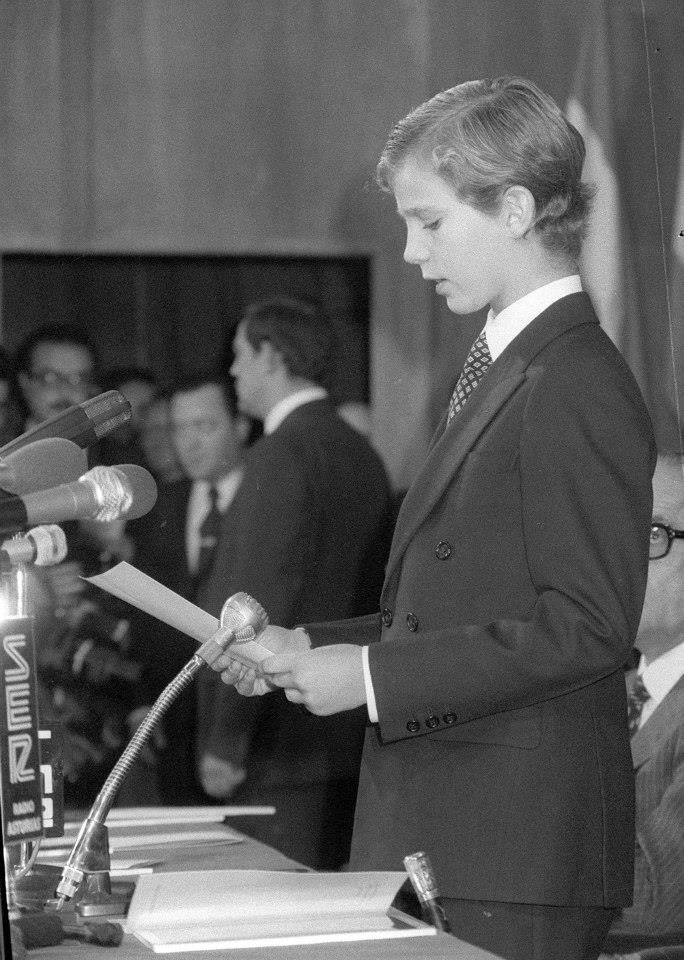
King Felipe VI as Prince of Asturias giving a speech at the creation of the Prince of Asturias Foundation in 1980; Credit – Facebook page of the Princess of Asturias Foundation
The Princess of Asturias Awards are given to individuals, entities, and organizations from around the world who made notable scientific, technical, cultural, social, and humanistic achievements. Spanish journalist Graciano García, who was born in Asturias, originated the idea of the awards to establish a link between the Principality of Asturias and the heir to the Spanish throne, who holds the title of Prince or Princess of Asturias, as well as rewarding scientific, technical, cultural, social, and humanistic accomplishments. The Prince of Asturias Awards were established on September 24, 1980, with the creation of the Prince of Asturias Foundation, in a ceremony presided over by King Felipe VI of Spain, then Prince Felipe, Prince of Asturias, the heir to the throne of Spain, in the presence of his parents King Juan Carlos I and Queen Sofia.
In 2014, after King Felipe VI acceded to the Spanish throne when his father King Juan Carlos I abdicated, it was announced that the foundation and the awards would be renamed using “Princess of Asturias” to reflect the new heiress presumptive to the Spanish throne, Leonor, Princess of Asturias. Beginning in 2019, Leonor attended the awards ceremony, handed out the awards, and delivered a speech. However, King Felipe VI continued to preside over the awards ceremony until Leonor turned 18 on October 31, 2023.
********************
What are the categories of the Princess of Asturias Awards?
Currently, the Princess of Asturias Awards have eight categories. Click on this link, Wikipedia: Categories and Laureates, to see all the winners, who come from all over the world.
- Award for Communication and Humanities: Awarded since 1981, “aimed at the work of cultivating and perfecting the sciences and disciplines considered as humanistic activities and those related to the mass media in all its expressions.”
- Award for Social Sciences: Awarded since 1981, “aimed at creative and/or research work in history, law, linguistics, pedagogy, political science, psychology, sociology, ethics, philosophy, geography, economics, demography and anthropology, as well as the disciplines corresponding to each of these areas.”
- Award for the Arts: Awarded since 1981, “dedicated to the work of cultivating and perfecting cinematography, theatre, dance, music, photography, painting, sculpture, architecture and other artistic manifestations.”
- Award for Literature: Awarded since 1981, “dedicated to the work of cultivating and perfecting literary creation in all its genres.”
- Award for Scientific and Technical Research: Awarded since 1981, “aimed at the work of cultivating and perfecting research, discovery and/or invention in mathematics, astronomy and astrophysics, physics, chemistry, life sciences, medical sciences, Earth and space sciences and technological sciences, as well as the disciplines corresponding to each of these fields and the techniques related to them.”
- Award for International Cooperation: Awarded since 1981, “aimed at individual or collective work, with another or others, to develop and promote public health, universal education, the protection and defense of the environment and the economic, cultural and social advancement of peoples.”
- Award for Concord: Awarded since 1986, “destined to the work of defending and generalizing human rights, the promotion and protection of peace, freedom, solidarity, world heritage and, in general, the progress of humanity.”
- Award for Sports: Awarded since 1987, “aimed at those careers that, through the promotion, development and improvement of sport and through solidarity and commitment, have become an example of the possibilities that the practice of sport brings to the benefit of human beings.”
********************
How are the winners of the Princess of Asturias Awards determined?
All previous winners of the Prince/Princess of Asturias Awards, people and institutions invited by the Princess of Asturias Foundation, Spanish embassies, diplomatic representations in Spain, members of the juries for the other awards, and prestigious people and institutions may submit proposals for candidates for the Princess of Asturias Award. Award juries meet during April to June at the Hotel de la Reconquista in Oviedo, the capital of the Principality of Asturias, in Spain.
********************
Princess of Asturias Awards Ceremony

Teatro Campoamor; Credit – By Denissf – Own work, CC BY-SA 3.0, https://commons.wikimedia.org/w/index.php?curid=18700474
The awards are presented by Leonor, Princess of Asturias in mid/late October in a ceremony at Teatro Campoamor, a performing arts theater in Oviedo, the capital of the Principality of Asturias in Spain. People from the cultural, business, and sporting worlds of Spain and Spanish government officials attend the awards ceremony. Leonor’s parents, King Felipe VI and Queen Letizia, and her younger sister Infanta Sofia often attend the awards ceremony.
Leonor, Princess of Asturias delivers a speech at the 2023 awards ceremony
Awards week begins a few days before the awards ceremony, always on a Friday, when the award winners arrive at the Hotel Reconquista in Oviedo. On the days before the ceremony, the winners participate in public events – talks and meetings in cultural centers, universities, schools, sports centers, etc. – in towns in Asturias. The night before the awards ceremony, the Principality of Asturias’s Symphony Orchestra presents a concert in the Oviedo Auditorium.

Sculptures designed by Joan Miró waiting to be awarded to winners of the Princess of Asturias Award; Credit – Wikipedia
At the awards ceremony, each winner is presented with a diploma, a badge with the coat of arms of the Princess of Asturias Foundation, a sculpture designed by Joan Miró (1893 – 1983), a Catalan-Spanish painter, sculptor, and ceramist, and a cash prize of 50,000 Euros. If a prize is shared, each winner receives a proportional share of the prize. If a winner does not attend the awards ceremony, they will not receive either the prize money or the sculpture, even if the absence is due to reasons beyond his control.

Princess of Asturias Foundation Coat of Arms; Credit – By Buho07 – [1], CC BY-SA 4.0, https://commons.wikimedia.org/w/index.php?curid=11913798

A diploma given to Claudio Magris, an Italian writer in 2004; Credit – By Kippelboy – Own work, CC BY-SA 3.0, https://commons.wikimedia.org/w/index.php?curid=15798954
This article is the intellectual property of Unofficial Royalty and is NOT TO BE COPIED, EDITED, OR POSTED IN ANY FORM ON ANOTHER WEBSITE under any circumstances. It is permissible to use a link that directs to Unofficial Royalty.
Works Cited
- Fundación Princesa de Asturias. (2024). Www.fpa.es. https://www.fpa.es/en/2024-special/
- Premios Princesa de Asturias. (2003). Wikipedia.org; Wikimedia Foundation, Inc. https://es.wikipedia.org/wiki/Premios_Princesa_de_Asturias
- Princess of Asturias Awards. (2022). Wikipedia. https://en.wikipedia.org/wiki/Princess_of_Asturias_Awards
- Princess of Asturias Awards. (2022) The Princess of Asturias Foundation. https://www.fpa.es/en/princess-of-asturias-awards/













